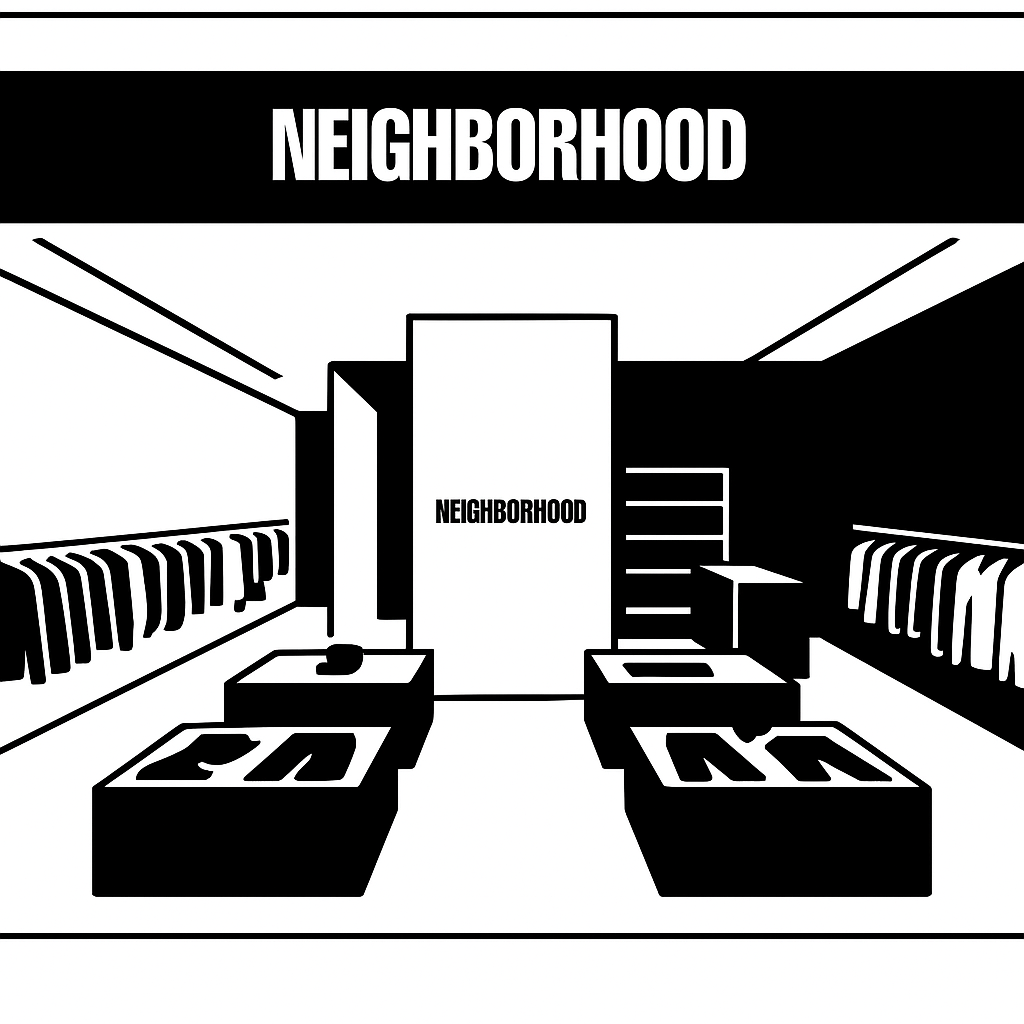
NEIGHBORHOOD: crafted rebellion
Share
Founded by Shinsuke Takizawa in 1994, NEIGHBORHOOD came out of Tokyo’s Harajuku district with a harder edge. Where other brands played with colour and irony, NEIGHBORHOOD leaned into monochrome, military influence, and counterculture grit. It wasn't about flash, it was about form, function, and a quiet kind of defiance.
Takizawa’s roots in motorcycle culture defined much of the brand’s early DNA. Riders, punks, mechanics, the uniform was raw denim, black leather, heavy canvas. But NEIGHBORHOOD elevated those materials into something refined. The brand blurred the lines between utilitarian wear and elevated design, crafting garments with purpose and patience.
While it operated within the realm of streetwear, NEIGHBORHOOD didn’t follow the hype cycles. It built its reputation slowly, through uncompromising attention to detail and an unwavering aesthetic. Garments were made to last, timeless silhouettes with subtle distressing, reinforced stitching, and just the right amount of weight.
Collabs were rare and deliberate. NEIGHBORHOOD worked with the like-minded: adidas, BAPE, WTAPS. Even those partnerships didn’t dilute the brand’s core vision, they sharpened it. The pieces always looked like NEIGHBORHOOD, even when co-branded.
In many ways, NEIGHBORHOOD is the streetwear equivalent of a custom-built motorcycle. It’s not mass-produced, and it’s not for everyone. But for those who get it, every piece carries weight, not just literally, but culturally.
